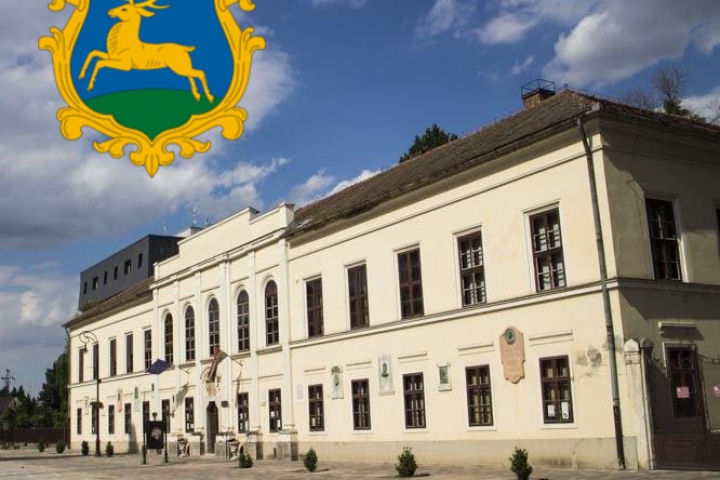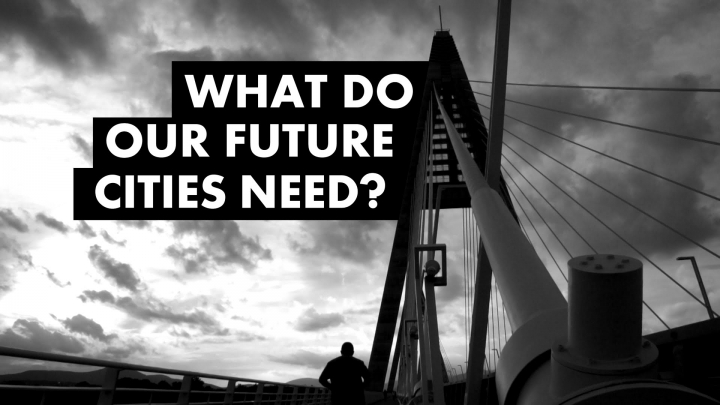Climate refugees in Europe
The surge of migration from the Middle East has been of utmost importance for Hungary in 2015 . The link between the emerging migration crisis and the environmental pressure caused by climate change are widely acknowledged by now – as confirmed by the speakers of Energiaklub’s conference held in Budapest on 27 October.
Although migration as a result of environmental causes only is rare, experts of the conference agreed that the scarcity of resources resulting from environmental degradation and climate change amplify the already existing social, political and economical conflicts. It is clearly visible in our times – primarily in the Middle East - that environmental damage greatly reduces the countries’ capacity to retain their population.
“Climate refugees are nothing new, we have a majestic memorial to commemorate our own migrant forefathers on Heroes' Square” opened his lecture Pál Tamás, researcher of Hungarian Academy of Science, Institute for Sociology, referring to Árpád leading the Hungarian Conquest of present-day Hungary a thousand years ago pressed by worsening drought conditions in Central Asia. Then as now, the primary reasons for such permanent relocations are drought, desertification and lack of water. At present it is the Middle East’s turn, and this is an area where the most evident destination of migration is and will without doubt remain Europe.
Tamás Szigetvári, researcher of Centre for Economic and Regional Studies of the Hungarian Academy of Sciences pointed out that the ten countries most affected by the lack of water in the world are all located in the Middle East. Several countries in the area are importing 80-100% of the grain they need. A recent study by World Bank has shown that in Syria, crop yields have reduced by 85%, in Yemen and Algeria by 60%, due to drought and the decrease of water supplies.
In the meantime, population in the region is constantly growing as the traditional rural demographic model falls out of sync with the current economic and social changes. The increase in the prices of oil and food, the impoverishment of the rural population all contributed in the revolutionary wave of the Arab Spring and the outbreak of the Syrian war.
Péter Tálas, the head of Centre for Strategic and Defence Studies (CSDS) of the National University of Public Service offered various alternatives of migration management in his presentation. According to Tálas, individual countries alone cannot solve the situation, building fences only shifts the problem to the others. In his view, the EU should play a greater role in the stabilization of the crisis countries and take a greater share in the maintenance of the asylum infrastructure and the holding capacity of the countries surrounding Syria. According to Tálas, the EU has no choice. Europe has to take part in the solution of the immigration situation and it will cost a great deal of money. In addition, European societies also need get used to the migration phenomenon on the long run.
To solve the problem within Syria’s borders is nothing more than a slogan favoured by politicians, added Pál Tamás. In his opinion it is climate migration that makes the above slogan meaningless since water supply shortage cannot be solved within Syria and no one can be expected to live under such circumstances. Middle East is in great danger from this perspective, he emphasized. Péter Tálas added that most of the refugees flee under the pressure of necessity as well as in the hope of political, physical and social security. When there is security, most people prefer to stay home. In his opinion we should not aim to turn Eritrea into the Netherlands, it is enough to make it a solid, stable country which gives the hope of progress to its inhabitants. Stability, however, needs financial prosperity; a poor country can only create security through dictatorship.
International law does not recognize the term climate refugee, though a debate has already started on the subject. The UN Refugee Agency distinguishes different categories of climate immigration. On the one hand there is temporary migration, in which case migrants need to leave their homeland temporarilry due to environmental disasters such as hurricanes. The second category comprises of migrants who need to flee because of present or future environmental crises. Both categories are expected to increase in numbers in the future.








